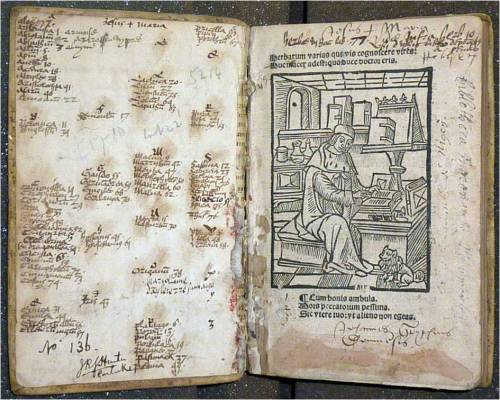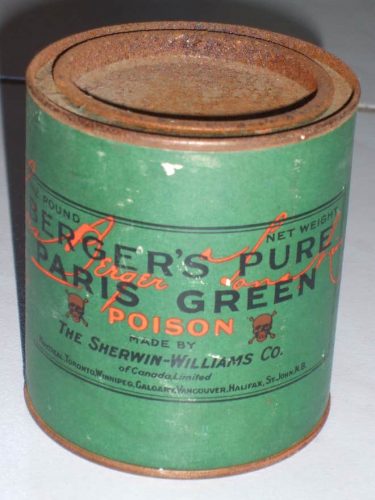Three rare 16th and 17th century books in the University of Southern Denmark’s library collection have been discovered to contain large concentrations of arsenic on their covers.
The poison within the books were detected with a series of X-ray fluorescence analyses (micro-XRF) which displays the chemical spectrum of a material. Experts could analyse the “secondary” radiation emitting from the book during a “high-energy X-ray bombardment”.
Experts reporting for The Independent took the three historic books to the X-ray lab as it had been previously discovered that medieval manuscript fragments were used to make their covers. European bookbinders in the 16th and 17th centuries used to recycle older parchments by painting over previous writings- but scientists were perturbed to discover what substance had been used to create the blank parchment.

A 16th century manuscript
The initial idea was to try and filter through the layer of paint using the micro-XRF and and try to find out what the original text said.
Unfortunately the XRF-analysis revealed the green pigment layer to be arsenic- one of the most toxic substances in the world. Exposure to arsenic can lead to poisoning, cancer and eventual death.
The green arsenic pigment found on the book covers is thought to be Paris green, also known as “emerald green” because of its rich and vibrant colour, and in crystalline powder form is easy to produce and was especially popular during the 19th century.
Industrial production of ‘Paris green’ began in Europe in the early 19th century and was used by impressionist and post-impressionist painters, which means many museum pieces today do still contain the poison.
For more information, and further science behind the discovery visit The Independent.

Paris Green

10 of 2024’s Most Anticipated Reads

The For Reading Addicts Book of the Year 2023

Birmingham Poet, Benjamin Zephaniah dies, aged 65

Top Authors Join Legal Battle Against OpenAI for Mass Copyright Infringement


